- No products in the cart.
How to Prepare for Cold-Weather Paddle Boarding
Nov 02, 2025
Paddleboarding is a year-round sport that allows you to connect with nature and explore beautiful waterways in all seasons. While many people associate paddleboarding with warm weather, cold-weather paddling can be just as enjoyable and rewarding if you’re properly prepared. Cold-weather paddleboarding, however, does require a bit more planning to ensure you stay safe, warm, and comfortable on the water.
In this blog, we’ll walk you through the essential steps for preparing for cold-weather paddleboarding and how to make the most of your winter paddling adventures—featuring the Niphean Inflatable Stand-Up Paddle Boards for cold-weather use.
Choose the Right Paddle Board for Cold Weather
The first step to preparing for cold-weather paddleboarding is selecting the right board. Inflatable paddle boards (iSUPs), like those in the Niphean PRO Series, are perfect for cold weather because they are durable, portable, and easy to store. Plus, their construction ensures that they maintain rigidity even in lower temperatures, providing a stable and safe ride.
Key features to look for:
-
Military-grade PVC construction: This ensures that your board can withstand the cold and still offer optimal performance. The Niphean PRO Series features drop-stitch technology and multi-layer PVC that helps maintain structural integrity in colder conditions.
-
All-around boards: If you’re new to cold-weather paddling, the Niphean PRO All-Round 11’6” is a great option. Its wider design offers excellent stability on flat water, which is especially important when dealing with the potential slipperiness of icy shores.
-
Touring boards: For those looking to paddle longer distances, the Niphean PRO Touring 12’6” is ideal. Its sleek design allows for increased speed and tracking, so you can cover more ground, even in cold conditions.
Dress in Layers to Stay Warm
Dressing in layers is the key to staying warm and dry when paddleboarding in cold weather. The right layering system will help you regulate your body temperature, even when wet.
Essential clothing layers:
-
Base Layer: Start with moisture-wicking materials like merino wool or synthetic fabrics to keep sweat off your skin. Avoid cotton as it absorbs moisture and will leave you cold once wet.
-
Insulating Layer: A fleece jacket or a down layer will help trap heat and keep you warm. The insulation layer is essential for cold-weather paddling as it maintains body heat when you're out on the water.
-
Outer Layer: A waterproof and windproof jacket is a must for cold weather. Consider a dry suit or waterproof outerwear that is breathable and helps keep the elements out without overheating you.
-
Accessories: Don’t forget accessories like gloves, a warm hat, and a neck gaiter or balaclava. Waterproof socks and booties are essential to keep your feet warm, and a well-fitting wetsuit or drysuit will provide the protection needed if you happen to fall in.
Use a Leash and Safety Gear
Cold water can be dangerous, especially if you fall in, so always prioritize safety. Here are a few safety essentials for cold-weather paddleboarding:
-
Leash: A strong, coiled leash is essential to keep your board close if you fall. Cold water increases the risk of hypothermia, so having a leash will help you stay connected to your board and reduce the risk of being separated from it.
-
PFD (Personal Flotation Device): Even if you’re an experienced paddler, wearing a PFD is vital in cold water. The risk of becoming incapacitated after falling into freezing temperatures is higher, so having a life vest increases your safety.
-
Wet/Dry Suit: Depending on the temperature, you may want to invest in a wetsuit or a drysuit. Wetsuits will keep you insulated in cool to cold waters by allowing a small layer of water between the suit and your body, which is warmed by your body temperature. A drysuit, on the other hand, offers a higher level of protection, keeping you dry in freezing waters.
Prepare for Icy Water Conditions
When paddling in cold weather, you’ll need to be prepared for the challenges that come with icy water. Make sure your board is capable of withstanding the colder elements, and take special precautions to avoid accidents.
-
Check water conditions: Always check the local weather conditions, including the water temperature. Avoid paddling in freezing or near-freezing conditions unless you are experienced and fully equipped for cold-water immersion.
-
Check for ice: If you’re paddling in a region where there’s ice on the water, be cautious of floating chunks of ice or areas where the water may have frozen over. Always stay in areas where you’re sure the water is open and free from large ice patches.
Monitor Weather Conditions and Paddle with a Buddy
The weather can change quickly in colder months, so it's important to keep an eye on the forecast and plan your paddle carefully. Before heading out, check for sudden changes in weather, such as strong winds, snow, or freezing rain, which can make conditions unsafe.
-
Buddy System: Always paddle with a buddy, especially in colder conditions. In case of an emergency, having a partner can be crucial for quick rescue or assistance. Plus, it’s always safer to have someone along in case you fall and need help.
Warm Up and Recover Properly
After your cold-weather paddleboarding session, it's essential to warm up and recover properly to avoid injury and to restore your body temperature.
-
Stretching: Cold muscles are more prone to injury, so be sure to stretch before and after your session. Focus on warm-ups like dynamic stretches to get the blood flowing before you paddle.
-
Warm Clothing: As soon as you’re back on shore, change into warm, dry clothes to help regulate your body temperature. A thermos of hot tea or soup can help rehydrate and warm you up from the inside.
-
Dry and Store Your Gear: Make sure to dry your paddleboard thoroughly after use, especially the deck and valves. Cold-weather paddling can introduce moisture, so proper maintenance of your gear is essential to prolong its life. Niphean inflatable boards are easy to deflate, roll up, and store, making them perfect for cold-weather adventures.
Conclusion: Cold-Weather Paddle Boarding with Confidence
Cold-weather paddleboarding can be an incredibly rewarding experience when you’re prepared. By choosing the right Niphean inflatable stand-up paddle board, dressing in proper layers, and using the right safety gear, you’ll ensure a safe and enjoyable time on the water. Just remember, preparation is key. With the right mindset and the proper gear, cold-weather paddleboarding can offer a unique and peaceful experience that few other sports can match.
So, don’t let the cold stop you—get out there, embrace the winter, and make the most of your paddleboarding season, no matter the weather!
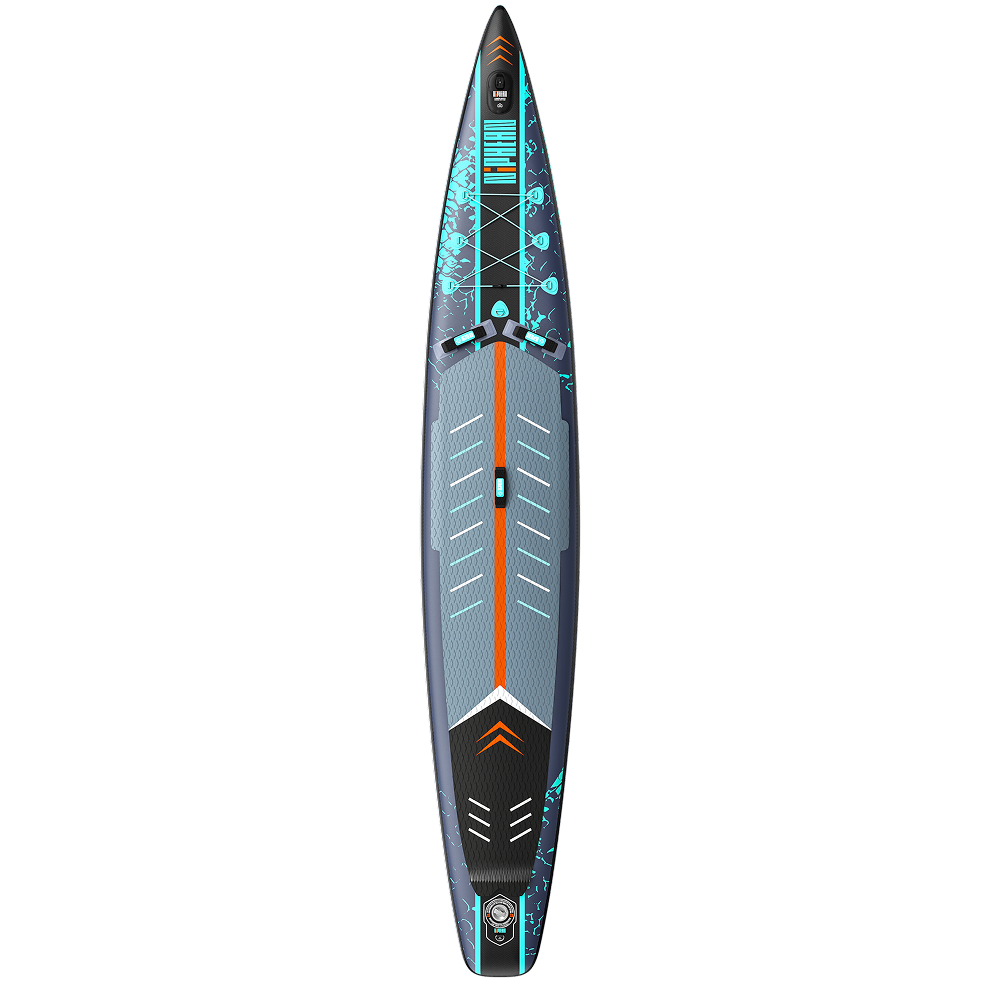
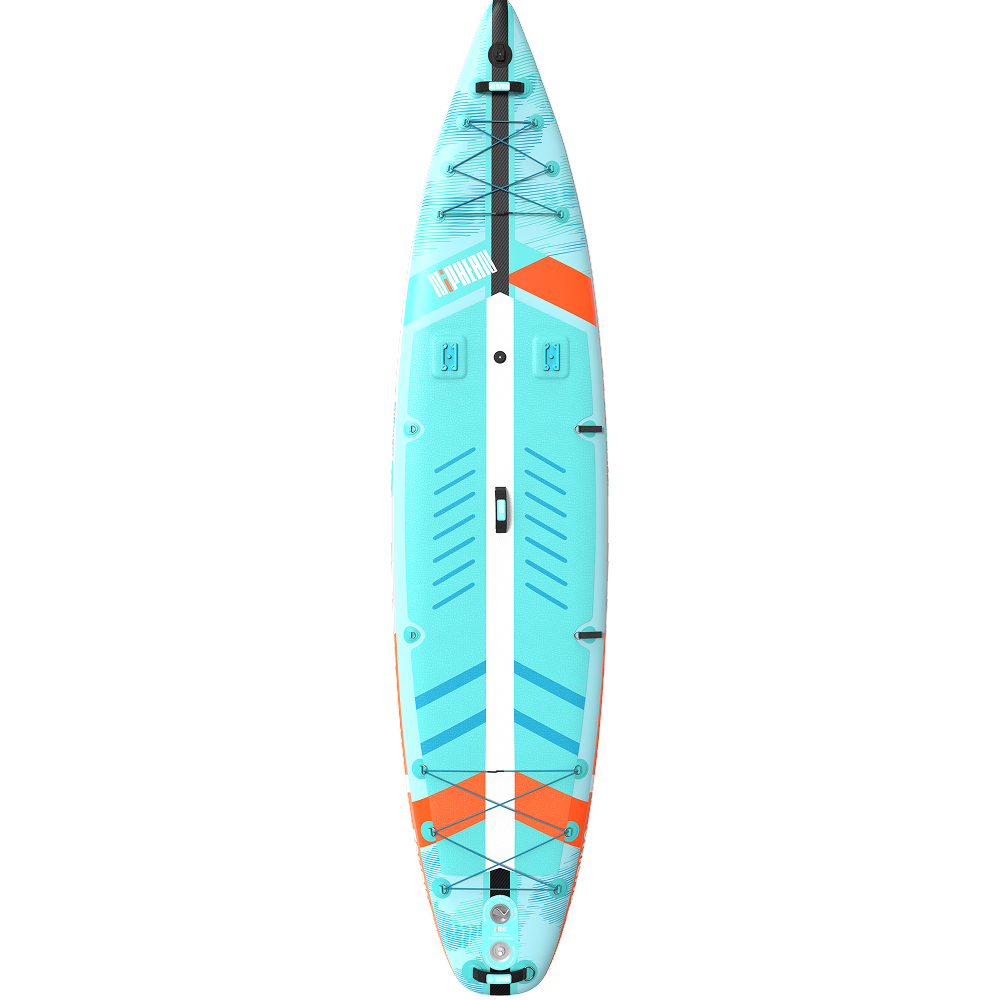
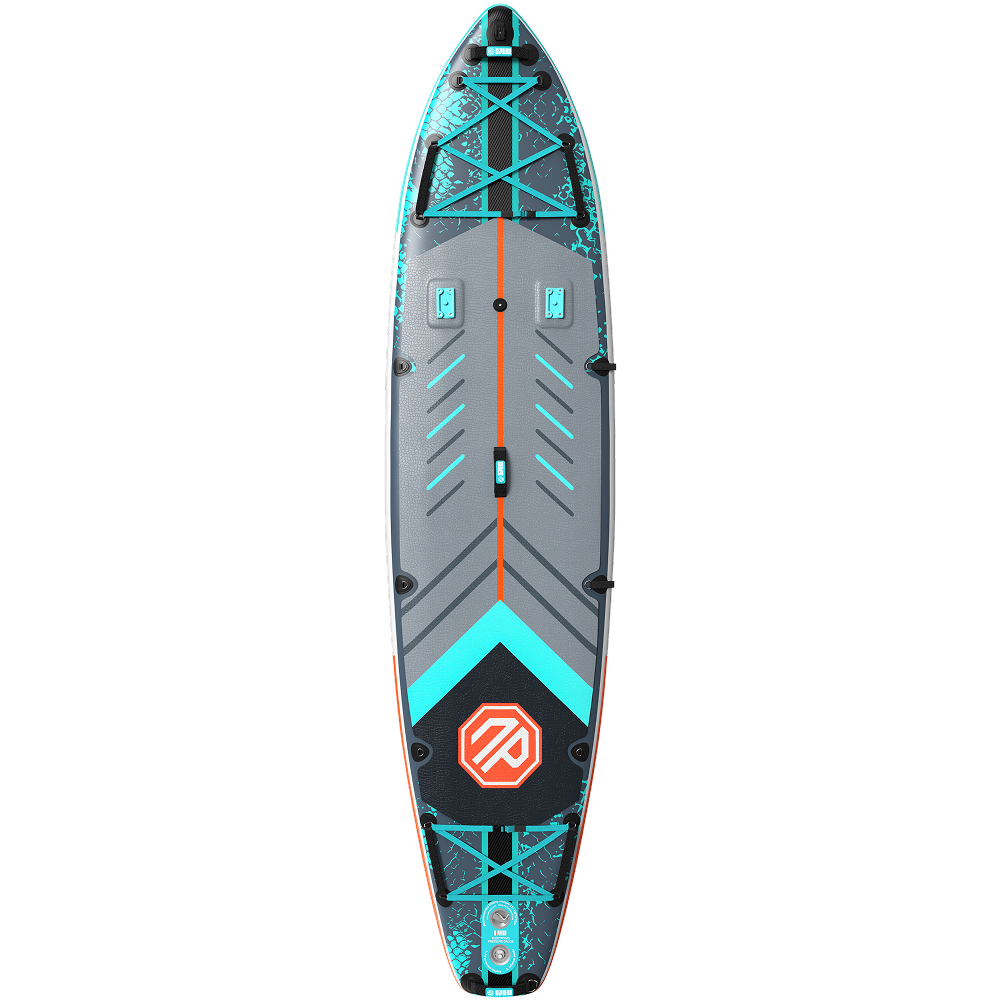

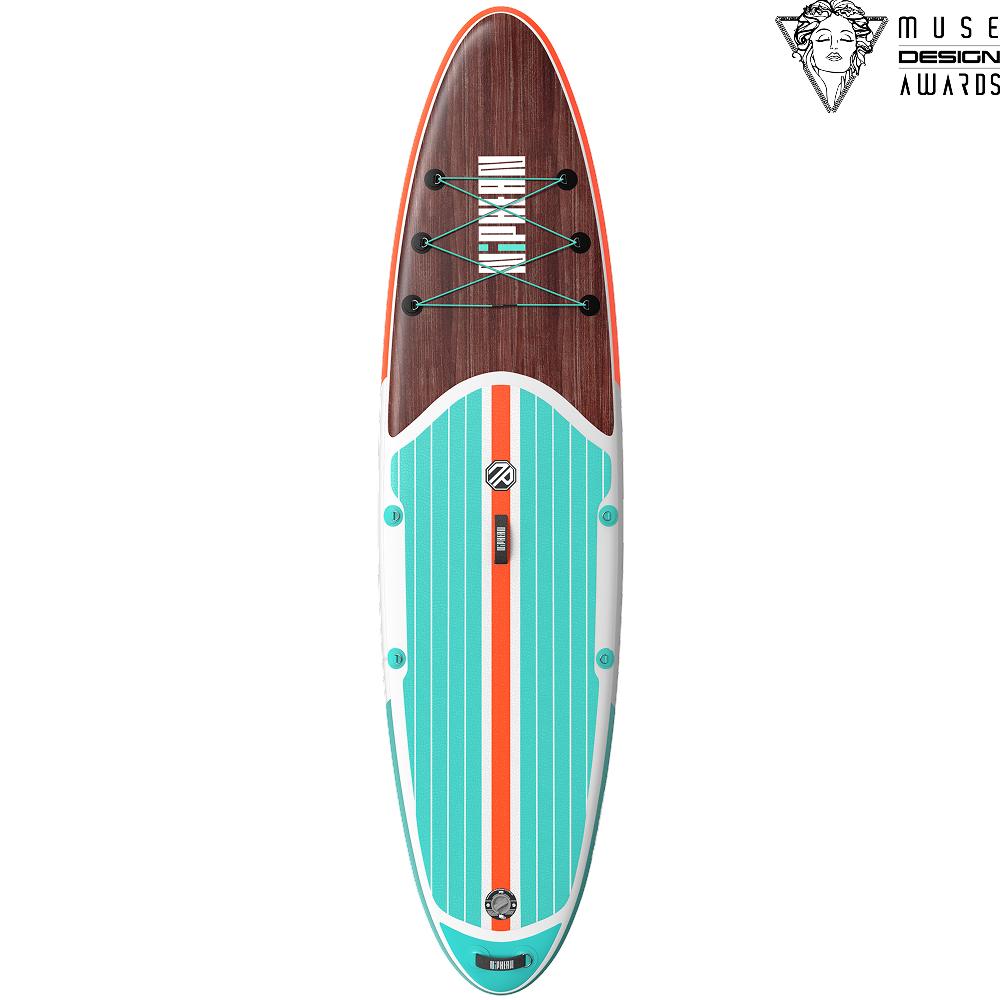
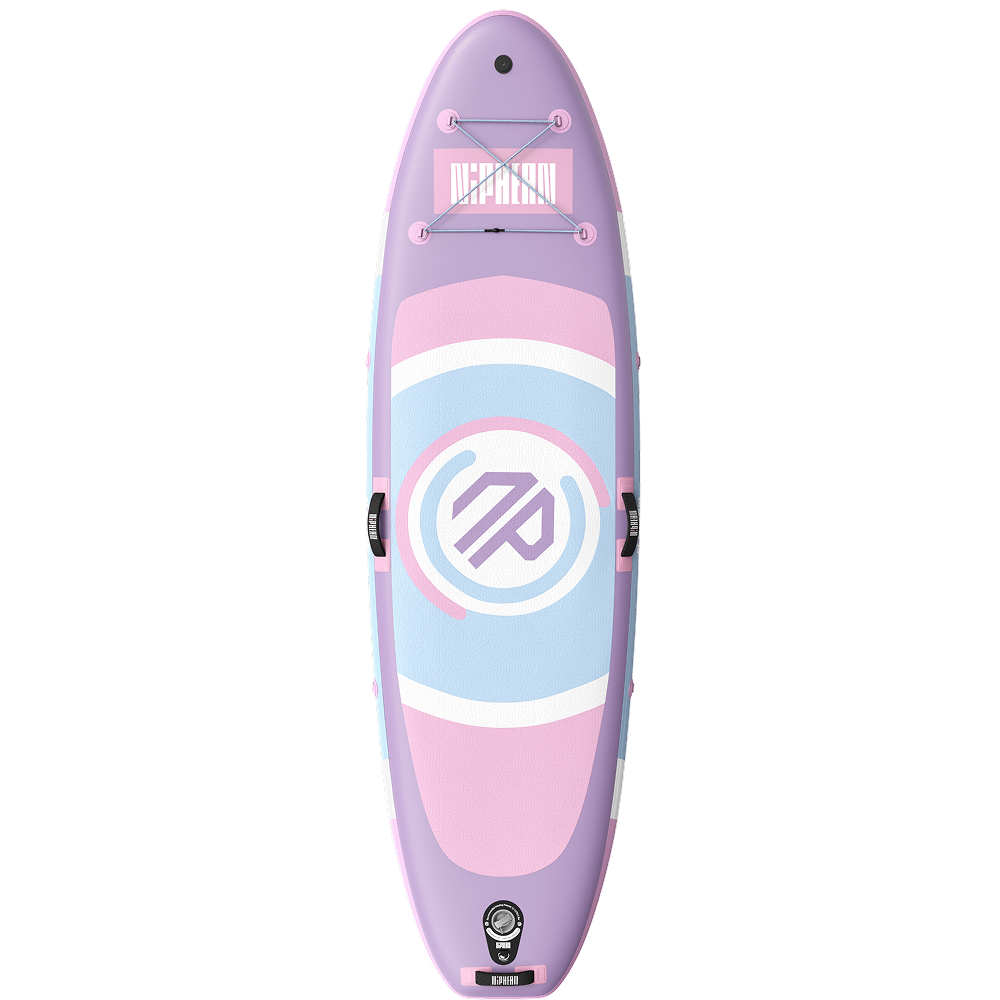


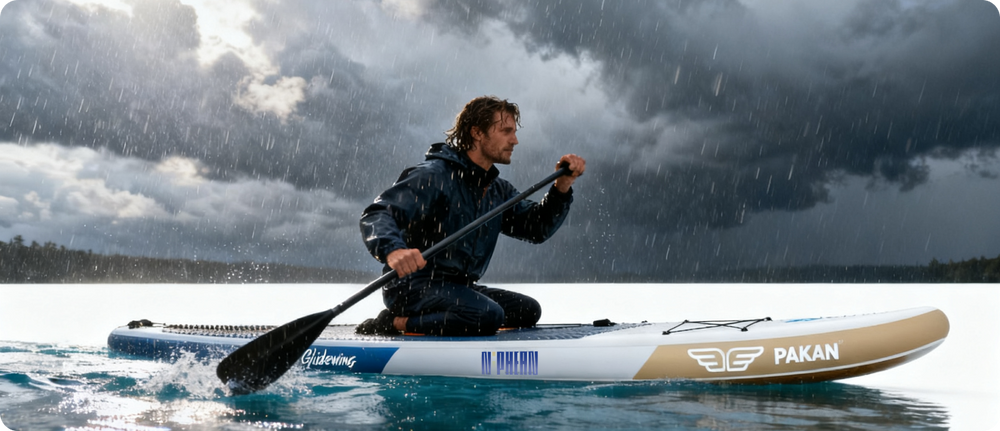


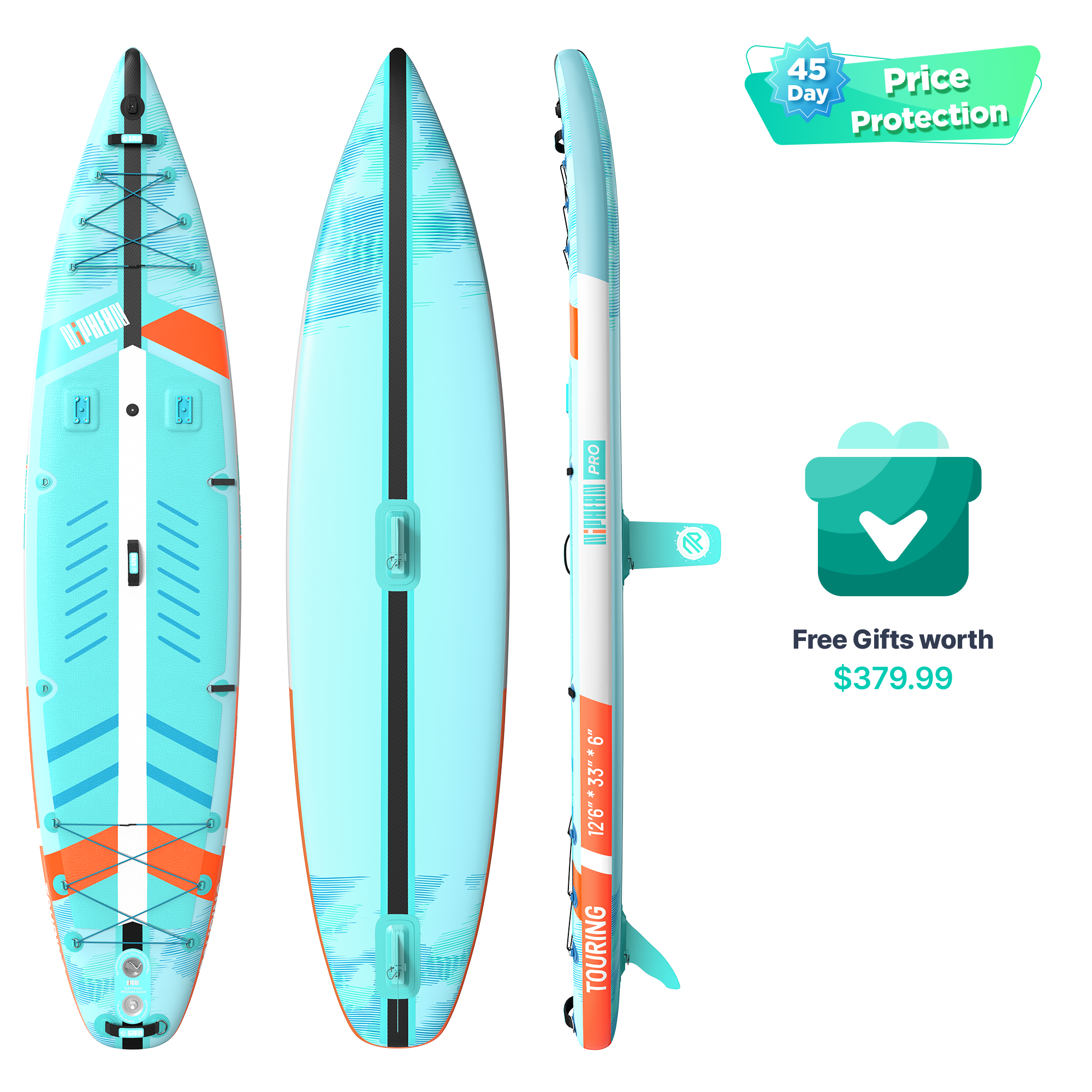
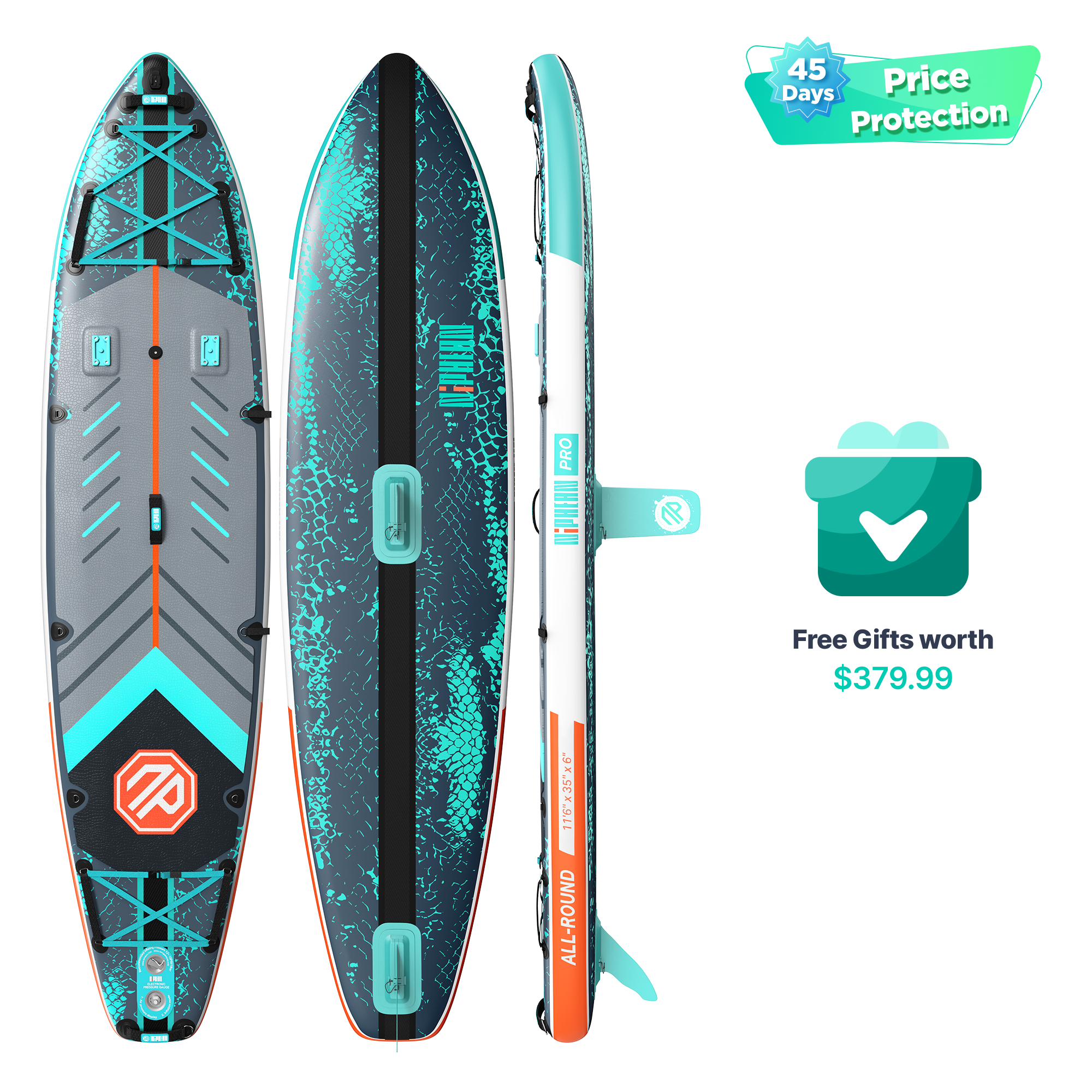
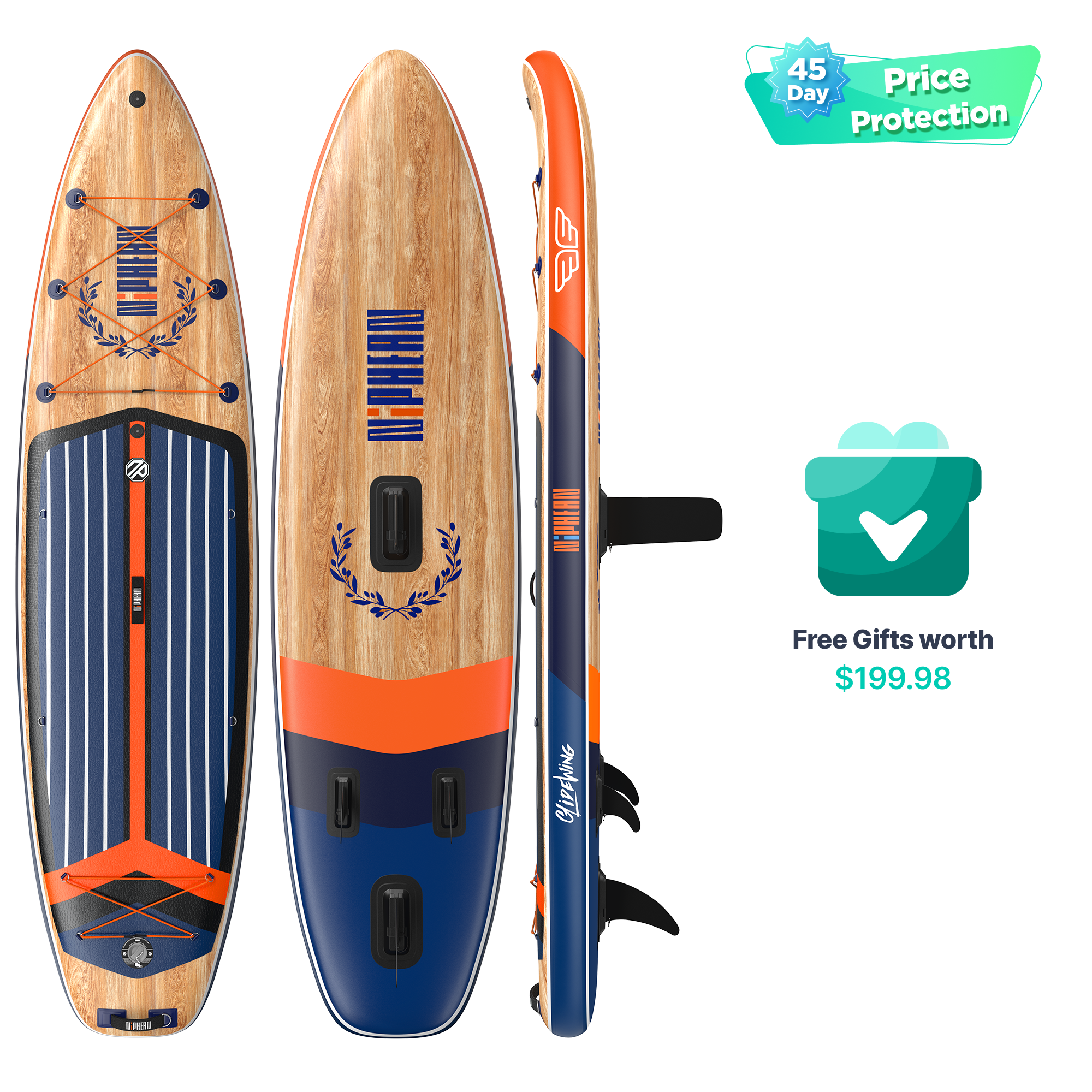
 Youtube
Youtube Facebook
Facebook Instagram
Instagram TikTok
TikTok